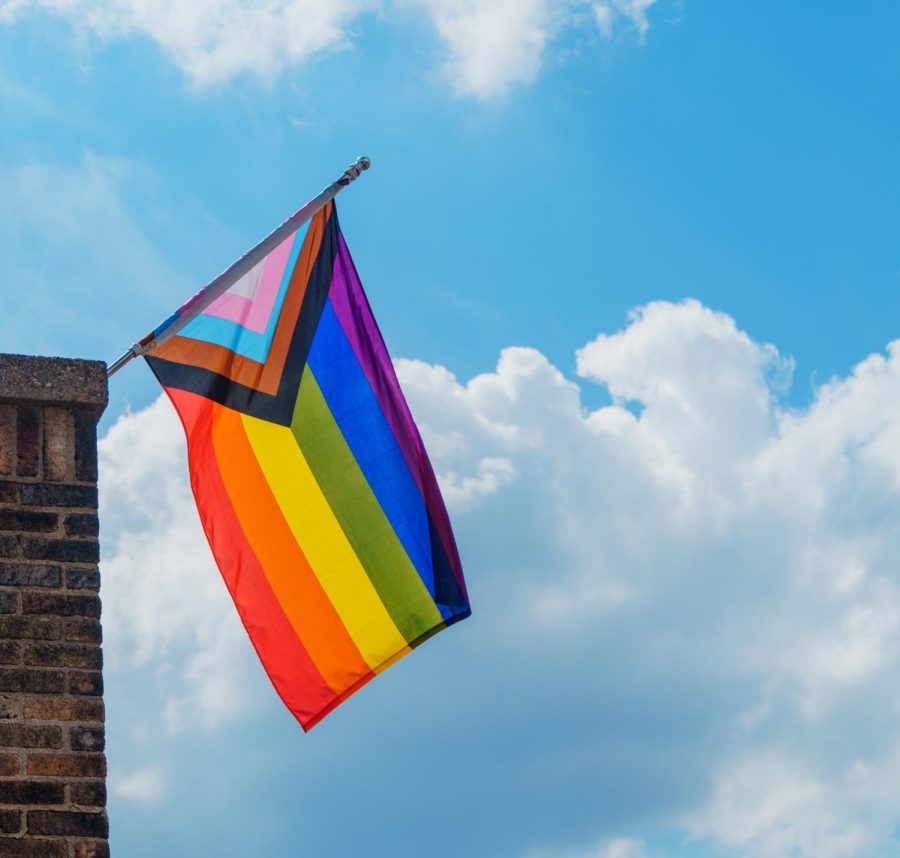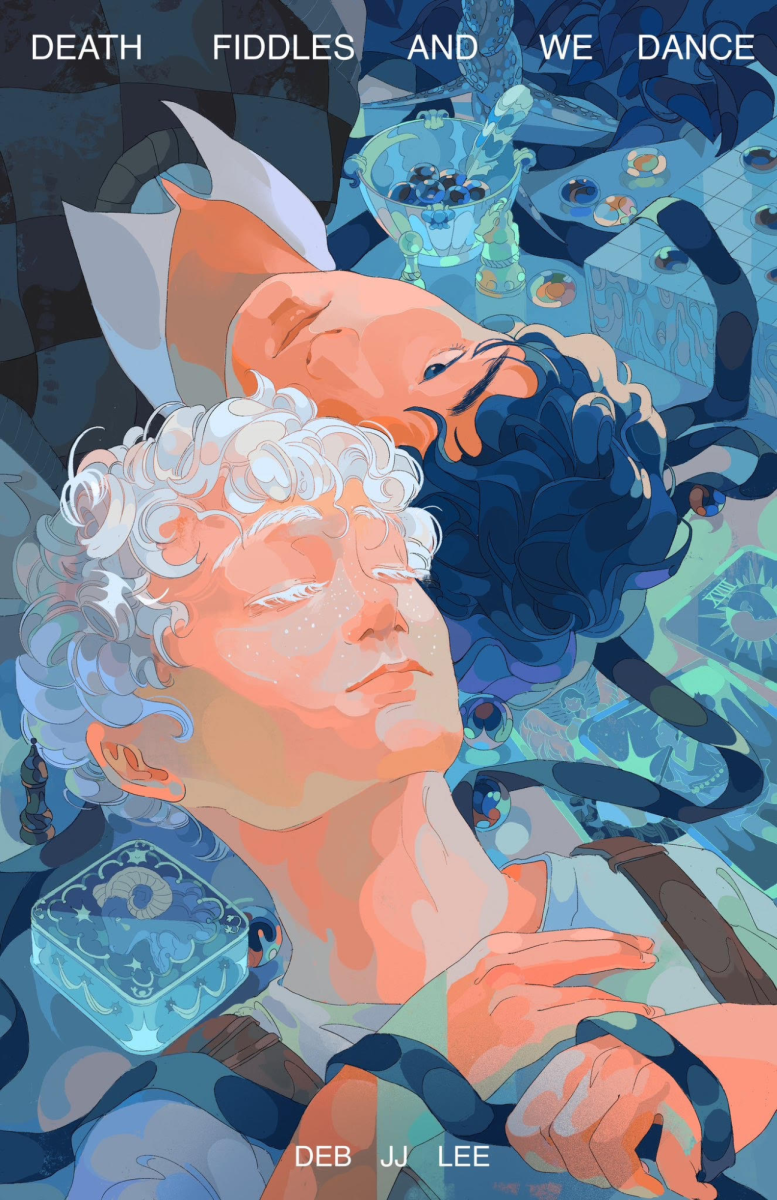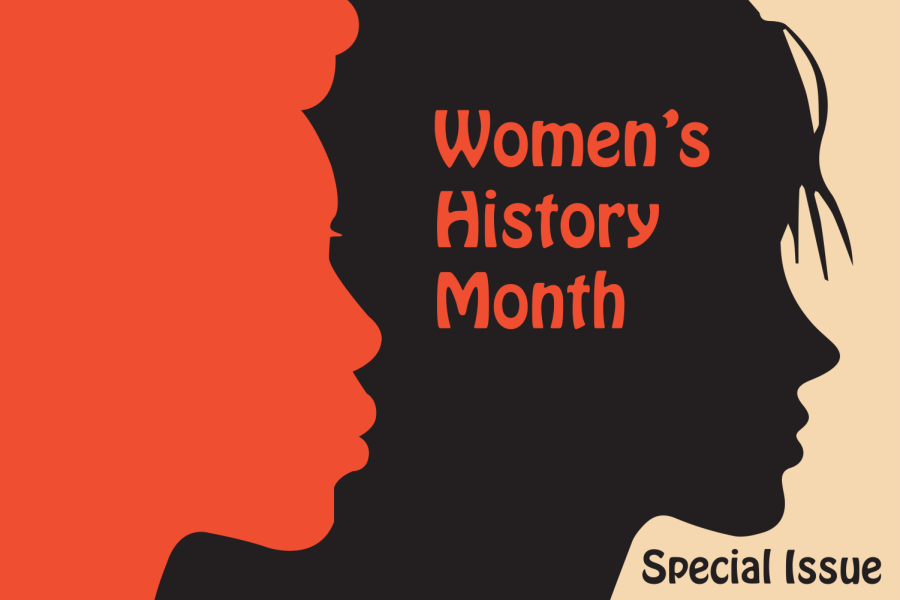With Pride Month in full bloom, various streaming services, such as Hulu and HBO Max, have listed curated collections of LGBTQ+ films and TV shows. While the selections promotediversity in audiences and celebratequeer representation, they also serveas a stark reminder of the hidden, and harmful tropes continuously found in mainstream media.
While shows such as “Pose” and “Schitt’s Creek” have advanced queer representation through thoughtful writing and casting, other binge-worthy shows fail in comparison. With every step forward, comes two steps back.
Reflecting on the past 30 years of television, there has been progress toward queer representation. This reminder came after the May 27 release of the long-awaited “Friends” reunion on HBO Max. After it aired, the popular ’90s sitcom saw an increase in viewers, bumping the series into the top ten most in-demand shows in the U.S. during the week of May 24.
While the original “Friends” series portrays touches of LGBTQ+ visibility through lesbian supporting characters- including a 1996 episode showcasing a lesbian wedding entitled “The One with the Lesbian Wedding”-the show ultimately leaves modern audiences in a state of baffled culture shock. Homophobia and transphobia are laced in countless episodes, often through one liner jokes and exaggerated parodies, increasing heteronormative affirmations for a selective audience.
Rewatching the popular 90’s sitcom servesas a reminder of how far LGBTQ+representation in cinema has evolved. Modern films and television series now feature fully fleshed out queer characters with thoughtful and developed story arcs.
One such example can be seen in “Schitt’s Creek,” a show that has been praised by the queer community for normalizing LGBTQ+ relationships through the unfolding romance between characters David Rose and Patrick Brewer. The relationship between the two characters is not created solely for a dramatic subplot, but rather, becomes an integral part of the show.
Additionally, the series effortlessly introduces pansexuality through the metaphor of drinking wine. Within a one-minute scene, mainstream audiences, who may ordinarily be unfamiliar with the concept, get a basic lesson on the fundamentals of pansexuality.
“I like the wine and not the label,” said the character, David Rose. “Does that make sense?”
This is not the only series as of late to depict fluidity in gender and sexuality through thoughtful character development. Netflix’s “The Chilling Adventures of Sabrina” portrays Theo Putnam, a transgender teen who comes out to accepting friends and fights against bullying while falling in love with a hobgoblin.
Many personal experiences (hobgoblin romance aside) of Lachlan Watson, the nonbinary actor who plays Theo, inspired the show’s creator Robert Aguirre-Sacasato create a character that embodied the complexities that accompany navigating gender identity in a heteronormative world.
“I wanted to get away from the whole trans sob story that you have to struggle in order to be a valid queer person,” said Watson in a February 2020 interview with Them Magazine.
Yet, the queer experience continues to require validity in mainstream media, even when it appears as an inclusive production. Hulu’s 2020 holiday film “The Happiest Season,” masked as a groundbreaking romcom due to its focus on a lesbian relationship, fell into the typical tropes.
The primary plot of the holiday film centers around the dramatic debacle of hiding queer identity in a strained familial dynamic. The film follows character Abby, played by Kristen Stewart, and her plans of proposing to her girlfriend, Harper. The plot’s main obstacle and tension build up lead to Harper hiding in the closet around her conservative family, while simultaneously closeting Abby.
While the act of coming out is undoubtedly a part of the queer experience, it is not our sole identity or hurdle to overcome. In comparison, while a decent portion of Theo’s screen time in “The Chilling Adventures of Sabrina” centers on his coming out, it is not the typical unhealthy coming out story that is often found in mainstream media. Meanwhile, “The Happiest Season” manages to capture both an unhealthy coming out story and an unhealthy queer relationship, causing it to fall into stereotypical traps; the queer experience quickly diminishes into the “tragedy” of being gay.
Through a slew of tropes, representation in mainstream media is often limited to appeal to a heteronormative audience. On-screen lesbian relationships often perpetuate a sexualized stigma by solely featuring femme women. Unfortunately, it seems lesbian kissing hasn’t evolved much from the “Friends” era as it continues to serve as shock value or queerbating, as seen in the first episode of “Riverdale.” Shows would be more groundbreaking if they included butch women or covered the reality of femme invisibility, rather than prioritizing sexual fantasy.
Modern media continues to fail queer people of color as representation remains limited, unless the actors are cast as supporting characters with limited storylines. While “Orange Is the New Black” was initially praised for its representation in 2013 through its story arcs on queer women of color, many critics felt the show exploited representation solely for dramatic television, further highlighting the lack of diversity among the show’s writers.
Yet in contrast, small strides have been made in 2018 with the FX series “Pose,” a show set in the 1980’s following the lives of Black and Latinx LGBTQ+ characters through drag culture in New York City. The show itself has the largest cast of transgender actors in television history, along with Janet Mockas the first trans woman of color to write, direct, and produce a television series. The show’s representation has made for truthful and enriching storytelling, landing a score of 98% on Rotten Tomatoes.
What mainstream shows like “Schitt’s Creek,” “The Chilling Adventures of Sabrina,”and “Pose” do right is their ability to capture the varied LGBTQ+ experience with carefully constructed storylines. The queer experience is not “one-size-fits-all,” butrathermultifaceted, richand complex.
For those who may not typically celebrate Pride, or for those less likely to click on a curated LGBTQ+ film collection, their only interaction with queer culture comes through mainstream media. Without truthful representation in centralized media, stereotypical tropes will continue to exist, preserving outdated and oppressive thinking while diminishing our small steps toward radical acceptance.
Chelsea Staub can be reached at [email protected]




















Cole Byrne • Dec 16, 2021 at 4:43 pm
Thanks for sharing this! All the best!